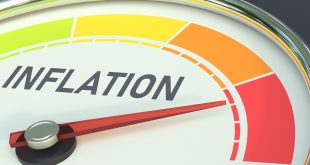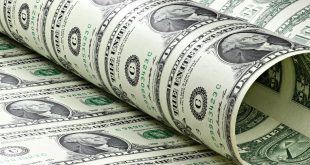Federal Reserve Bank of Chicago economists forecast that inflation will decline without pushing the US economy into a recession. They also described a Goldilocks scenario for a soft landing in a recent study. Inflation may fall below 2% by next year, negating the need for any rate increases.
Stefania D’Amico and Thomas King, economists at the Federal Reserve Bank of Chicago, believe that the US economy might just avoid a recession after all and that the majority of the effects of rate hikes have already materialized.
In the recent study, they stated that the economy has been set up for a Goldilocks scenario of a gentle landing thanks to the 11 rate hikes since March 2022, and that there may no longer be a need for additional monetary policy tightening.
D’Amico and King cited their vector autoregression model as evidence that the Fed would achieve its 2% inflation goal by the end of the next year. Production has been reduced as a result of the 500-basis point rate increases since last March, and prices are cooling and declining.
The economists said that their model “implies larger effects of monetary policy and faster policy transmission than other empirical models.” “We project that despite the fact that most effects on output and inflation have already taken place, the policy will still have a significant impact,”
The model’s estimates put CPI at 2.3% by the middle of 2024, and that’s in line with the Fed’s 2% target when using the personal consumption expenditure price index, the economists said. According to the analysis, tighter policy has so far raised real GDP by 5.4 percentage points and lowered CPI by 7.1 percentage points. According to the estimate, that amounts to around 65% and 75% of all the tightening impacts on the levels of real GDP and CPI, respectively, that will take place.
The labour market, which has been resilient throughout the tightening campaign, will need more time to see those effects, but more hiking won’t necessarily be required. About 40% of the overall effect that is ultimately expected has already been achieved, or a reduction of about 4 percentage points, in total hours worked.
Importantly, the economists continued, “the remaining 35%, 25%, and 60% of the total impact on the levels of real GDP, CPI, and hours worked, respectively, imply that past monetary policy tightening will exert further downward pressure of about 3% on real GDP over the next five quarters, 2.5 percentage points on the CPI over the next four quarters, and 6% on hours worked over the next eight quarters.

 Noor Trends News, Technical Analysis, Educational Tools and Recommendations
Noor Trends News, Technical Analysis, Educational Tools and Recommendations




